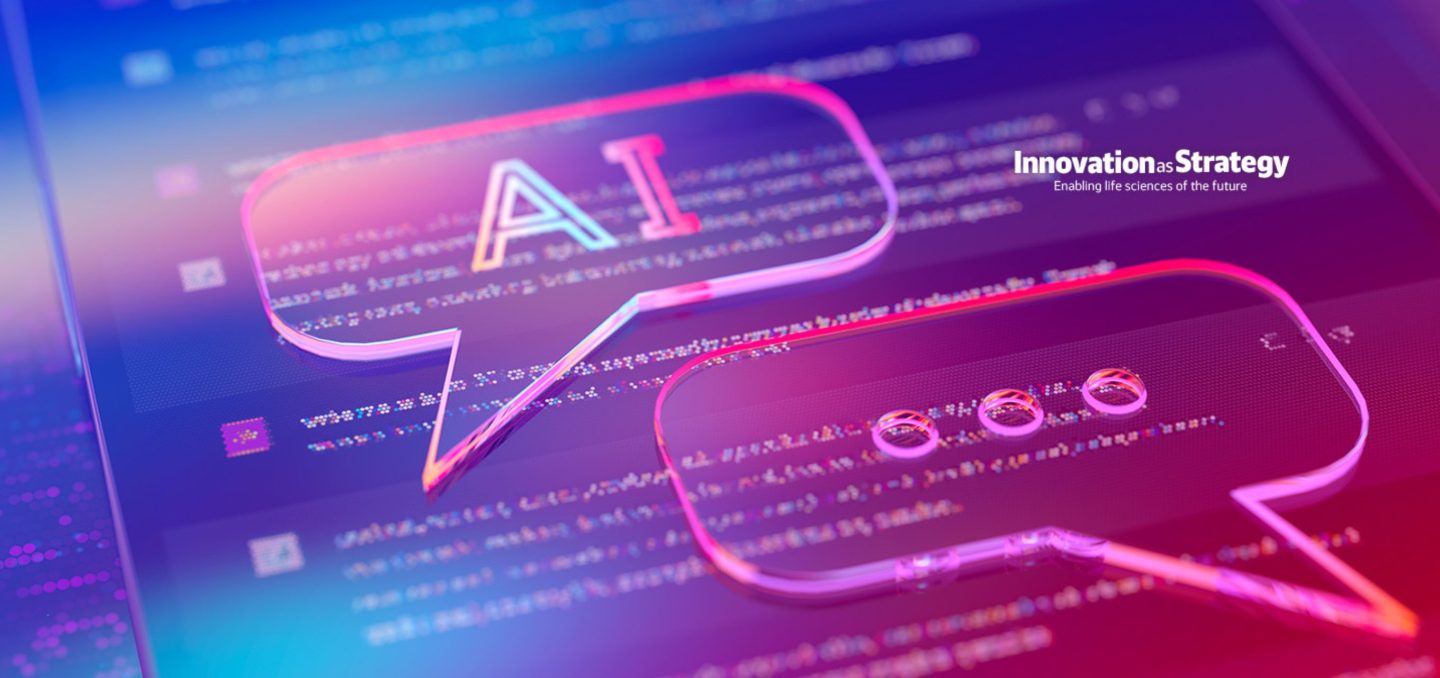In the fast-paced world of digital innovation, efficiently ideating and defining user flows is crucial for the success of any application or service.
Traditionally, this process involves several rounds of discussion and iteration between the customer and the internal team, leading to a time-consuming and resource-intensive cycle.
However, the advent of modern technology, particularly Artificial Intelligence (AI), opens up exciting new possibilities for streamlining this creative journey. By involving AI from the very outset of the process, we can transcend the limitations of the traditional model and create user flows that are more intuitive, secure, and error-free. Let us explore how AI can revolutionize the way we shape user flows, using a compelling case-example.
The Case-Example: Crafting a Secure Register and Login Flow
Imagine a customer has provided precise requirements for a register and login flow they want for their upcoming mobile application. Given the need for heightened security and error prevention, the user flow demands meticulous planning and designing. In the conventional approach, the customer’s information would be shared with the team, initiating a series of iteration rounds where each member contributes their perspective. However, we propose a more innovative way: incorporating AI, specifically Natural Language Processing (NLP) models like ChatGPT.
Early AI Integration: From Information to Action
Rather than embarking on a lengthy journey of brainstorming and iterating manually, the team can quickly communicate the customer’s requirements to the AI model. The NLP machine becomes an active participant by transforming the information into tangible outcomes. For instance, a question or task can be assigned, such as “Write me a user flow with numbered steps based on this information.” Alternatively, the AI can be asked to generate a code for a diagramming tool, like Mermaid, to create an illustrative user flow diagram. This proactive involvement of AI ensures a smooth transition from ideation to execution, eliminating unnecessary lag time.
Streamlined Collaboration and Immediate Feedback
With the AI model assisting in creating the user flow, the team can start discussing and refining the design immediately. The traditional siloed approach gives way to collaborative brainstorming sessions with the AI acting as a virtual team member. The dynamic interplay between human creativity and AI’s rapid processing capabilities enables the team to explore diverse possibilities without being constrained by time or resources. As the AI-generated diagram serves as a solid foundation, the team can request modifications, additions, or removals with ease, streamlining the entire iteration process.
Efficiency and Resource Optimization
With AI, the need for multiple iteration rounds in this process is drastically reduced or even eliminated. This efficiency allows the team to focus on other critical aspects of the project. Instead of lengthy back-and-forths between the customer and the team, the AI empowers the team to present a refined and comprehensive user flow in a single sit-down. This newfound efficiency not only benefits the team internally but also leaves a positive impression on the customer by showcasing a proactive and agile approach to problem-solving.
Human-AI Symbiosis: Unlocking Creativity
Contrary to popular fears of AI replacing human creativity, this case-example demonstrates the true potential of human-AI symbiosis. AI’s ability to swiftly generate comprehensive user flows frees up the team to focus on higher-order creative thinking. Rather than being bogged down by the minutiae of the user flow, team members can channel their creativity into envisioning unique and innovative features for the application. Thus, AI enhances human capacity and enables a harmonious fusion of human ingenuity and AI’s analytical prowess.
Incorporating AI into the Creative Process
Incorporating AI from the start of the user flow ideation process opens up a realm of possibilities for efficiency, creativity, and collaboration. By embracing AI, teams can transform the traditionally iterative and time-consuming process into a streamlined and engaging journey of innovation. The case-example of crafting a secure register and login flow exemplifies how AI can swiftly convert information into action, foster collaborative brainstorming, optimize resources, and ultimately unleash the true potential of human creativity. As technology continues to advance, we must embrace these transformative opportunities, redefining the future of user flow ideation and design in a bold and inspiring manner.



